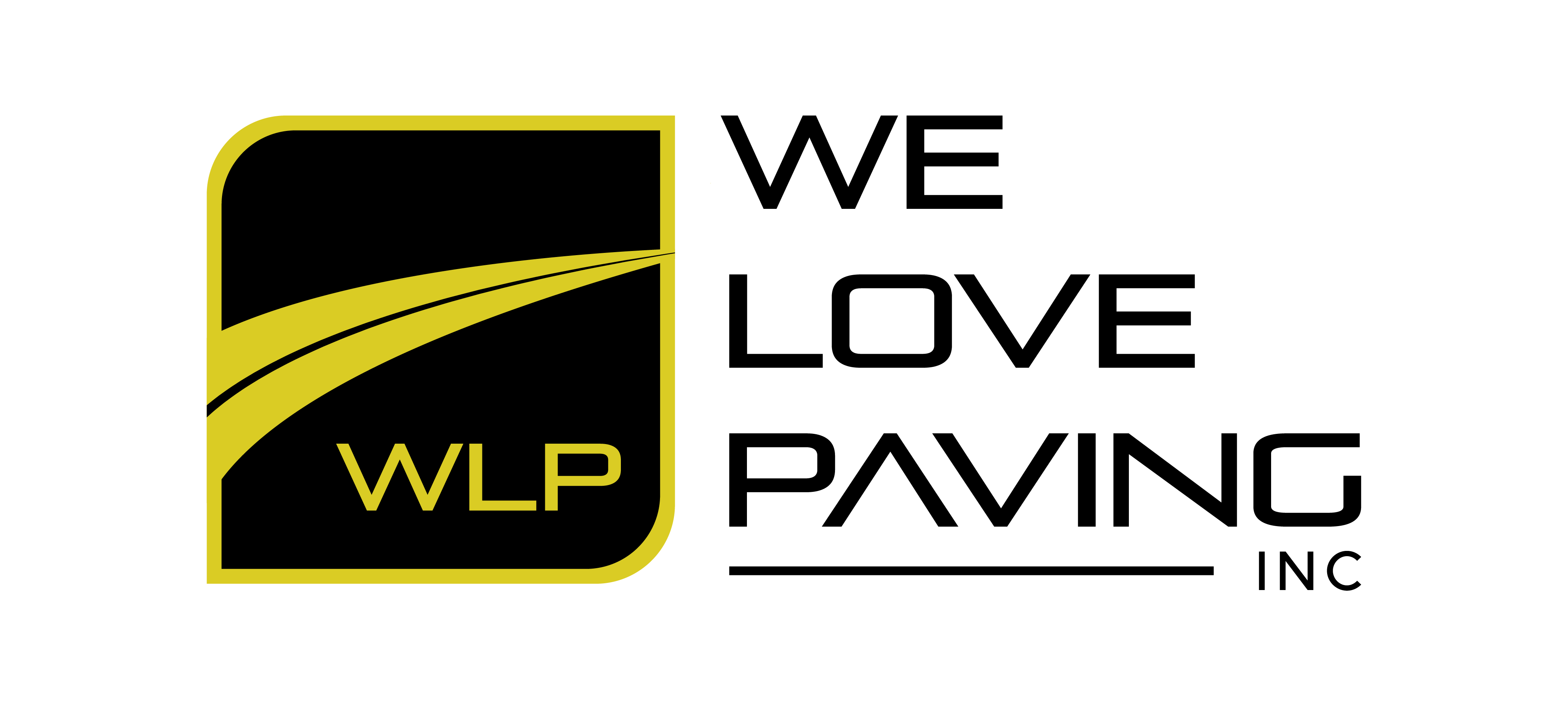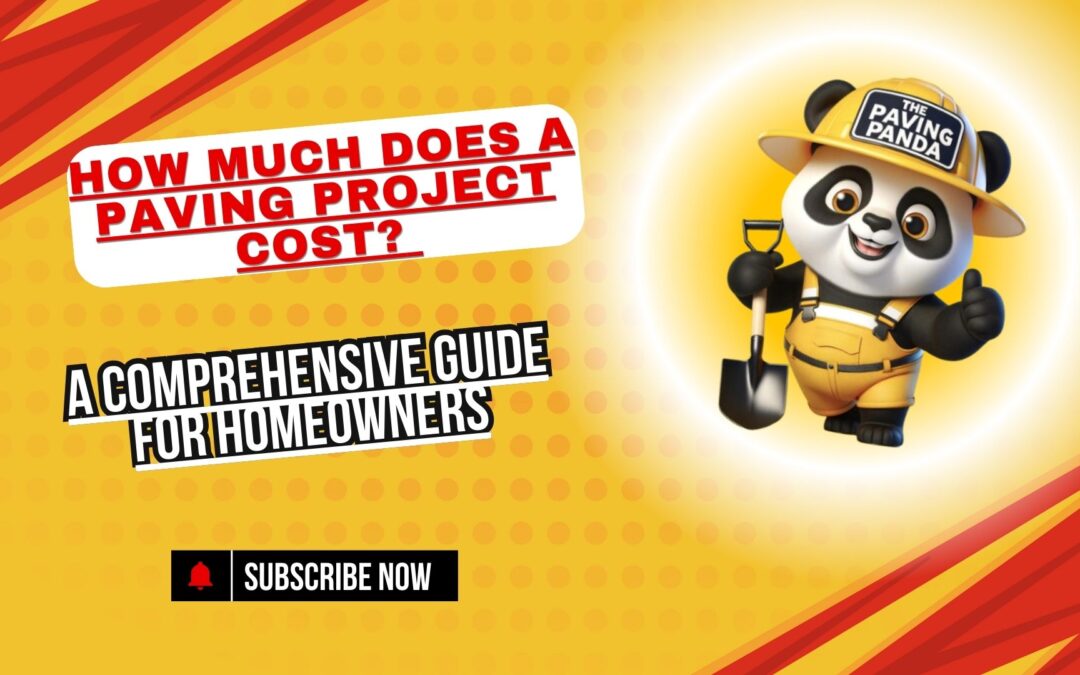Introduction
One of the most common questions homeowners ask before starting a paving project is: “How much will it cost?” Whether you’re installing a new driveway, refreshing a patio, or upgrading your walkway, understanding the financial investment is crucial. At We Love Paving, we believe transparency is key. In this guide, we’ll break down paving costs, factors that impact pricing, and actionable tips to help you budget wisely.
1. Breaking Down Paving Costs: Materials, Labor, and More
The total cost of a paving project depends on three primary components:
-
Material Costs:
-
Asphalt:
7 per square foot (affordable, ideal for driveways).
-
Concrete:
12 per square foot (durable, customizable).
-
Pavers:
25 per square foot (high-end aesthetic, long-lasting).
-
Gravel:
3 per square foot (budget-friendly, low maintenance).
-
-
Labor: Expect
5 per square foot, depending on complexity.
-
Site Preparation: Clearing, grading, or excavation can add
5,000.
Pro Tip: Always request itemized quotes to compare material and labor costs accurately.
2. Key Factors That Influence Paving Costs
A. Project Size & Scope
Larger areas require more materials and labor, but economies of scale may reduce per-square-foot costs.
B. Material Choice
Premium materials like interlocking pavers cost more upfront but offer long-term value.
C. Site Conditions
Sloped terrain, poor soil quality, or existing damage can increase preparation costs.
D. Design Complexity
Custom patterns, edging, or decorative elements add to labor time and expenses.
3. Regional Cost Variations
Paving costs vary by location due to:
-
Material Availability: Local quarries may reduce gravel or stone prices.
-
Labor Rates: Urban areas often have higher labor costs than rural regions.
-
Climate: Asphalt is popular in colder climates, while concrete thrives in warmer zones.
Example: A 500 sq. ft. asphalt driveway costs
7,000 in the Midwest vs.
9,000 in coastal cities.
4. Hidden Costs to Watch For
-
Permits: Local regulations may require permits (
500).
-
Drainage Solutions: Improper drainage can lead to pooling; adding French drains costs
5,000.
-
Landscaping Repair: Post-installation cleanup or reseeding may add
1,000.
5. How to Save Money on Your Paving Project
-
Plan Off-Season: Contractors may offer discounts during slower months (late fall/winter).
-
Opt for Locally Sourced Materials: Reduces transportation fees.
-
Maintain Regularly: Sealcoating asphalt or cleaning pavers extends lifespan, avoiding premature replacement.
6. Frequently Asked Questions (FAQs)
Q: What’s the cheapest paving material?
A: Gravel is the most budget-friendly, but asphalt offers a balance of affordability and durability.
Q: Can I DIY a paving project?
A: Small projects like gravel paths are DIY-friendly, but professional installation ensures longevity for driveways or intricate designs.
Q: How long does a paving project take?
A: Most residential projects take 3–7 days, depending on weather and complexity.
Q: Does paving increase property value?
A: Yes! A well-paved driveway or patio can boost curb appeal and resale value by up to 10%.
Conclusion: Invest Wisely in Your Property
Understanding paving costs empowers you to make informed decisions and avoid budget surprises. At We Love Paving, we’re committed to delivering quality craftsmanship tailored to your needs. Ready to transform your outdoor space? Contact us for a free, no-obligation quote today!

